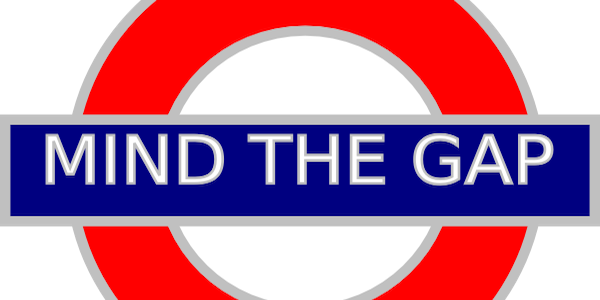Home » 2015
Yearly Archives: 2015
God, Evil and Judgment

A friend asked an interesting question recently. He referenced Habakkuk 1.13.
“But you are of purer eyes than to behold evil, and cannot stand to look on iniquity.”
And then he asked this question:
“If God cannot look on evil, how can he be present in a world
where evil is everywhere and even in us since sin is still part of our life?”
Nothing Is Hidden From God
All evil is committed in God’s unencumbered sight (Ps 51.4). His ominpresence, as His other attributes, is immutable. Also, there is nothing in His character that prevents Him from having evil in His presence. Remember, even Satan Himself can stand in the presence of God (Job 1.6-7) and not be destroyed. He is present by God’s permission, but He is present nonetheless.
Habakkuk 1.13 is not a declarative sentence about the nature of God but rather a question that Habakkuk brings before the Lord as a complaint. It would be a mistake to convert Habakkuk’s complaining question into a specific teaching about what God can and cannot see. The question itself shows that Habakkuk knows very clearly that God sees evil.
If God Sees Evil, Why Doesn’t He Stop It?
(more…)Is Your Vision Creating an Adaptive Gap?

It is often said that if leaders want to see high achievement they must cast bold visions. It is less often pointed out that proclaiming a large vision creates a gap between the vision and the current reality that must be managed. Ron Heifetz, in his book Adaptive Leadership puts it this way.
“Adaptive challenges are gaps generated by bold aspirations amid challenging realities.”
Vision Creates Gaps
“Wait a minute,” you say, “I was hoping that my leadership vision would help things move ahead. I wasn’t trying to create gaps!”
But that is precisely what true vision does. True vision calls us to venture into unknown territory, to take risks, to innovate — “to boldly go where no one has gone before.” Or, to put it in Heifetz’s terms, vision creates a gap between current realities and the preferred future. The bolder the vision and the more challenging the realities, the larger the gap. Good vision casting understands this. It’s goal is to “widen the gap” in a way that appeals to our desire for achievement and sense of adventure.
Gaps Call for New Learning
One of the most powerful ways to frame the gap between reality and vision is to understand it as a challenge that calls for adaptation and new learning. The way to bridge and adaptive gap is not to work harder. You’re probably already working as hard as you can. Instead, an adaptive challenge is a call to work smarter, replacing current strategies, tools, and methods with new ones that help you move faster and farther with the same effort.
(more…)Leading by the Spirit through Community

Leadership models matter because they influence how we think, and how we think determines how we act. Are there distinctive principles that should mark we lead in God’s work? If so what are they?
To focus the question more, let’s ask, “What is that makes leadership in a Great Commission movement unique and different from leadership in other areas of activity?” The only way to answer this question is to dig into the same book that gives us the Great Commission: the Bible. What can the Scriptures teach us about what makes leadership in God’s work unique?
The Bible’s Leadership Story
Rather than looking at specific texts, I’d like to “open the lens” and consider the grand sweep of the Bible’s “leadership story” across the whole span of our creation’s history. The diagram below attempts to capture the main principles.Staring from the top we have:
(more…)
